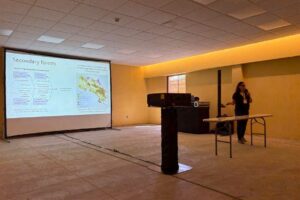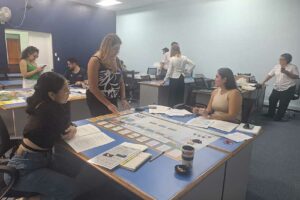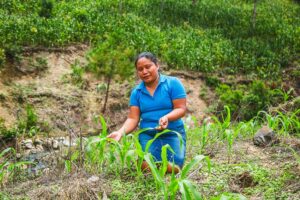The Secondary Forests Project implemented by CATIE benefited national forestry authorities in four countries and numerous communities
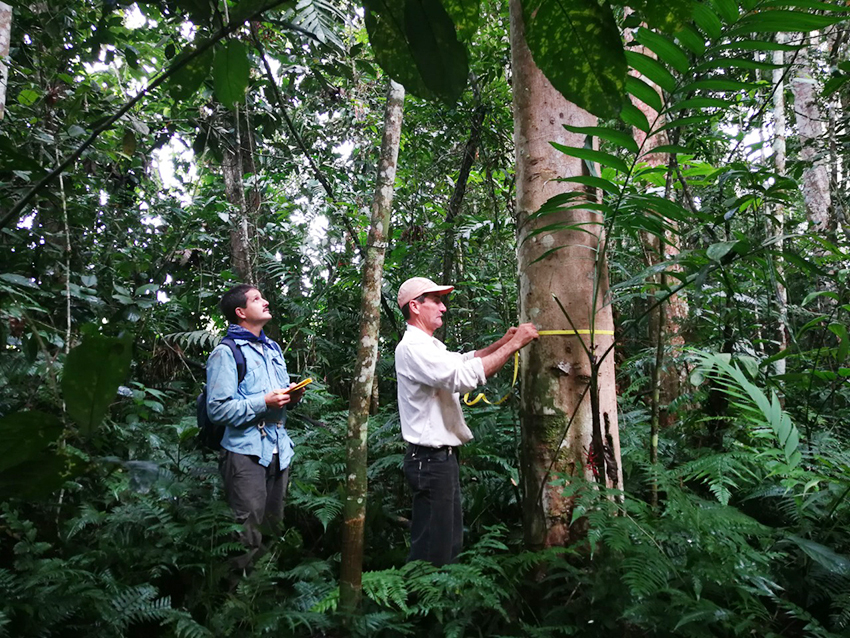
- It was carried out from 2017 to June 2022 and its main challenge was to promote the conservation and increase of the area occupied by secondary forests in Central America.e llevó a cabo desde el año 2017 hasta junio del 2022 y tuvo como reto principal fomentar la conservación y aumento de la superficie ocupada por los bosques secundarios en Centroaméricae desarrolló en el marco del proyecto BioPaSOS, implementado por el CATIE.
July 29, 2022. Secondary forests are the most abundant forest ecosystems in the region. More than 5 million hectares, they provide ecosystem services of great value to communities and represent important economic resources for the development of the countries. However, these ecosystems are at constant risk of being deforested, mainly due to the advance of the agricultural frontier and urban activities, and national legislation (with the exception of Costa Rica) has significant gaps that allow for land use changes at any time. In addition, secondary forests have different characteristics from primary or natural forests, especially in terms of the number of species and individuals of commercial value, so they are not adequately valued.
In this sense, the project "Development of Models for Sustainable Management of Secondary Forests and its links with private financing", known as "Secondary Forests Project", had as its main challenge to promote conservation and increase the area occupied by secondary forests in Central America, while avoiding deforestation, degradation and land use change and, on the contrary, it sought to find profitable management models to attract national and international private investment to generate productive restoration processes, reduce deforestation and promote a green economy in the countries of the region.
The project was implemented in Costa Rica, El Salvador, Honduras and Guatemala and several criteria were used to select the countries:
- Countries prioritized by the German government's International Climate Initiative (IKI), which was the donor.
- Percentage of secondary forests in relation to the total forest area.
- Interest and endorsement by national forestry authorities.
The project ran from 2017 to June 2022 and due to the effects of the COVID19 pandemic, obtained a time extension of one and a half years which allowed for the completion of the deliverables and achievement of the initially proposed results.
Given the structure of the Secondary Forests project, the main beneficiaries were the national forestry authorities of the four countries where the project was implemented. In the case of Costa Rica it was the National System of Conservation Areas (SINAC, its Spanish acronym), the Ministry of Agriculture and Livestock (MAG, its Spanish acronym) in El Salvador, the Institute of Forest Conservation and Protected Areas (ICF, its Spanish acronym) in Honduras, and the National Forest Institute (INAB, its Spanish acronym) in Guatemala, since the project had an impact on improving the governance of secondary forests in the region.
Other beneficiaries were the owners of the farms where the demonstration plots of sustainable management of secondary forests were installed, and indirectly the nearby communities that have the opportunity to learn about the results of these interventions.
Finally, an important group of beneficiaries were men and women, many of them young people, who presented and validated their ventures related to timber and non-timber products from secondary forests linked to market opportunities, for which hackathons or business challenges were developed in Guatemala, and in Costa Rica resources from the Development Banking System (SBD, its Spanish acronym) were leveraged to provide seed capital to 22 entrepreneurs.
Some of the most outstanding results of the project include the following:
- Strengthening national regulatory frameworks for the sustainable management of secondary forests.
- Study on enabling conditions and barriers to secondary forest management in the region.
- Strengthening the capacities of public officials in relation to the approval of SF management plans.
- Development of a preliminary map of secondary forests in the four countries with an estimated total area between 4 and 5.5 million ha.
- Development of five calls for proposals for the search of enterprises related to timber and non-timber products from secondary forests and support to 22 Costa Rican entrepreneurs with seed capital, in addition to personalized mentoring and linkages with other stakeholders.
- More than 400 people from the 4 countries were trained in 15 workshops or training courses (face-to-face and virtual) on topics such as sustainable management of SF, forest landscape restoration, tools for the development of sustainable forest businesses, among others.
- The development, publication and distribution of several guides and manuals for the sustainable management of SF.
- Research articles, development of master's theses and other publications.
As a final activity to close the SF Project, a workshop was held in July to present the final results in each country, both general results of the project and specific results of its implementation, with the participation of more than 100 people, including representatives of national forestry authorities, representatives of academia, the private sector and some non-governmental organizations that were linked in some way to the project, as well as personnel from CATIE's National Technical Offices.
"The Secondary Forests project had a small budget (1.8 million Euros) and worked in 4 countries, therefore, there is still much to be done to finally achieve conservation, sustainable management and increase the area occupied by secondary forests in the region, while avoiding deforestation, degradation and land use change; In other words, the results of the project highlighted the importance of these forests as sustainable livelihoods for rural communities and for the development of the countries, but more efforts are still needed," said Vladimir Valera, CATIE researcher and project coordinator.
Valera emphasized that pending efforts continue:
- Legal definition of secondary forests in the countries.
- Development of clear guidelines for the management of SF differentiated from natural forests and plantations.
- Market studies for non-traditional forest species from the commercial point of view, but with relative abundance in the SF.
- Business development based on the use of timber residues and individuals unsuitable for the forest industry.
- Improvement of inventory and monitoring systems for secondary forests.
- Continuous training for communities, forest owners and forest entrepreneurs.
Given the above, CATIE's Forests and Biodiversity in Productive Landscapes Unit emphasized that it will continue to seek resources to further strengthen the sustainable management of secondary forests in the region.
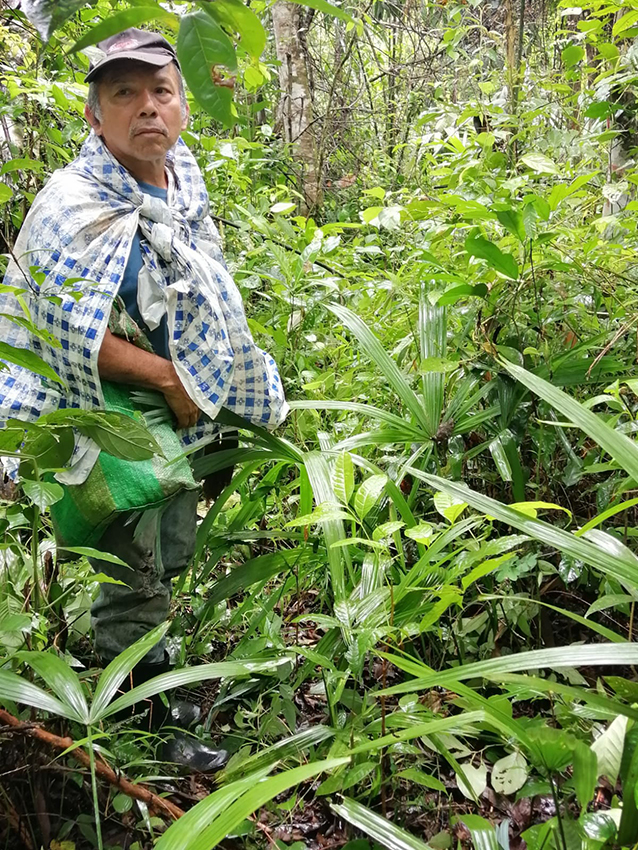
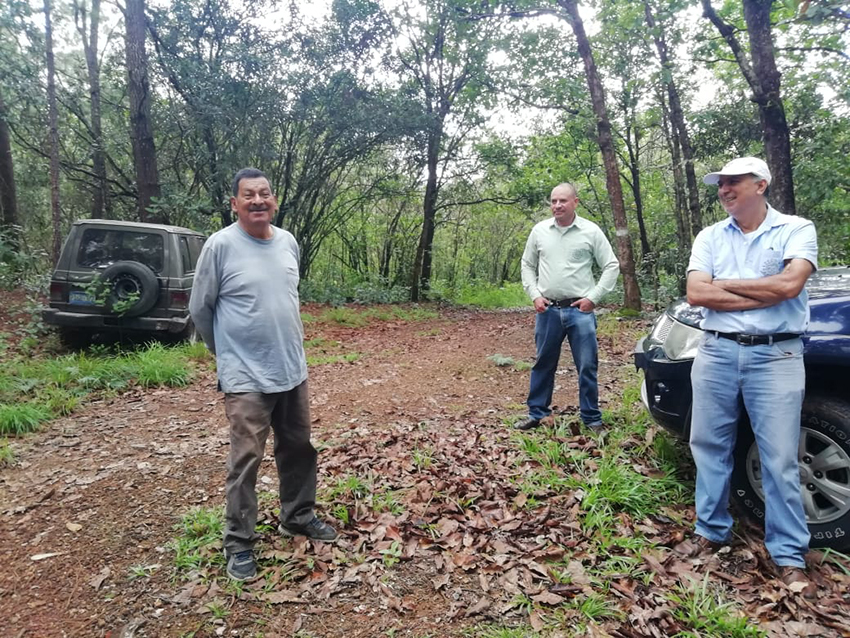
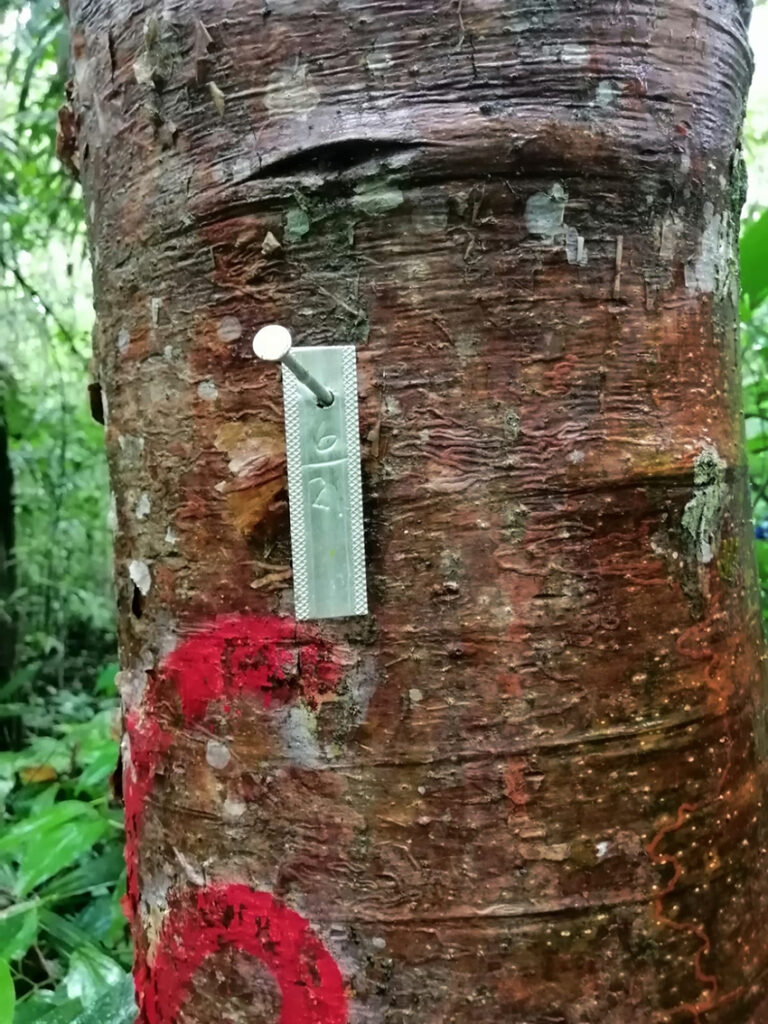
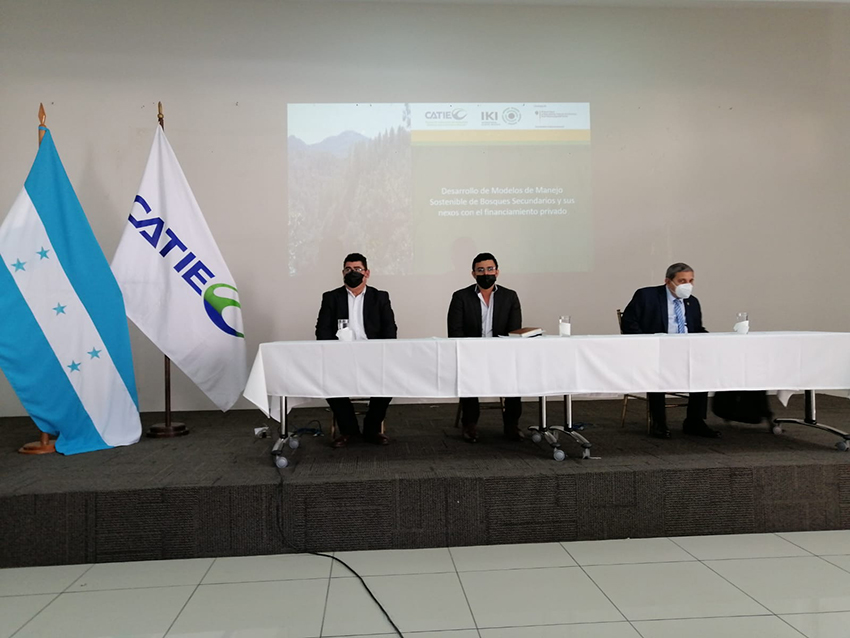
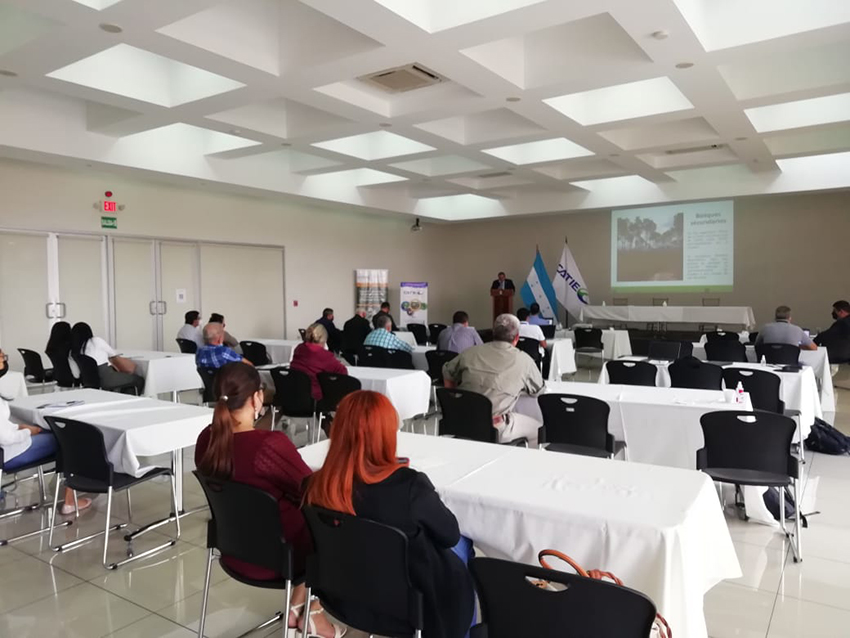
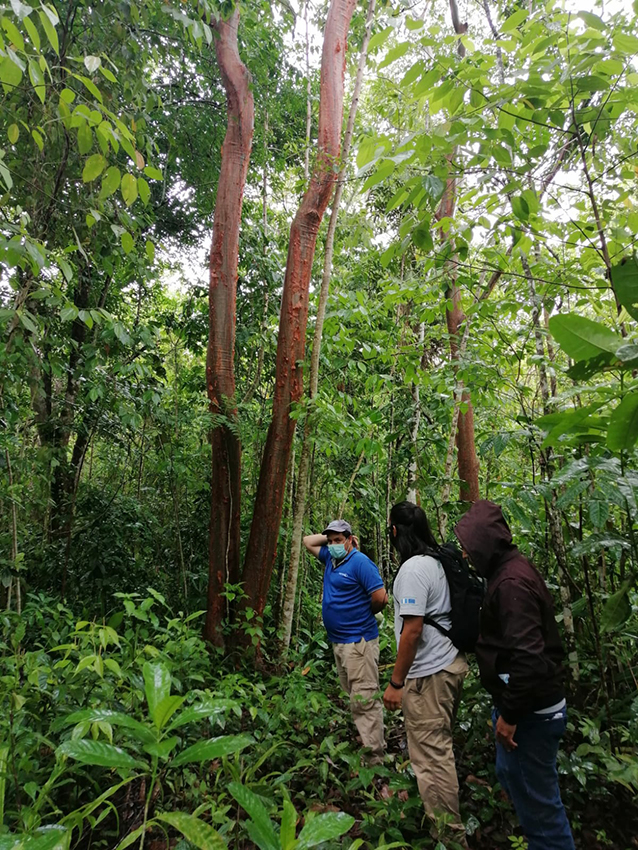
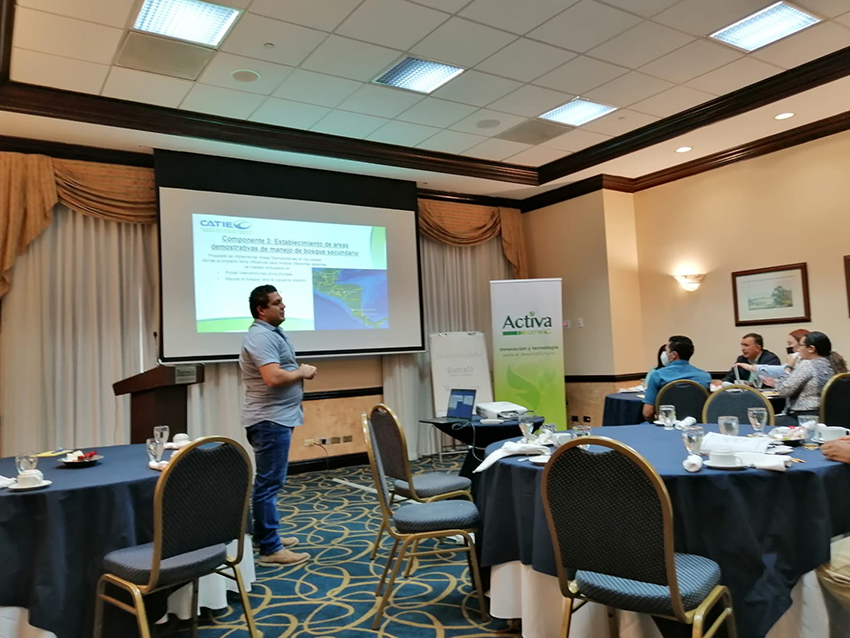
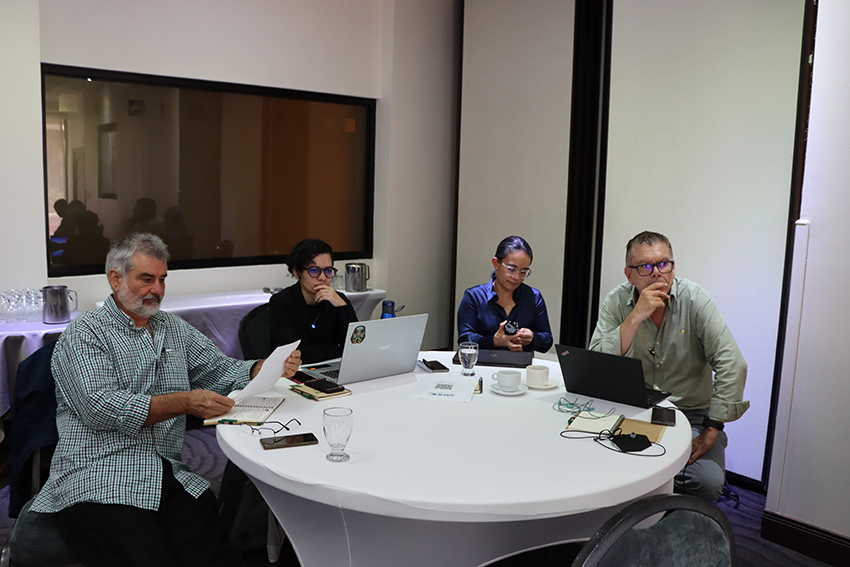
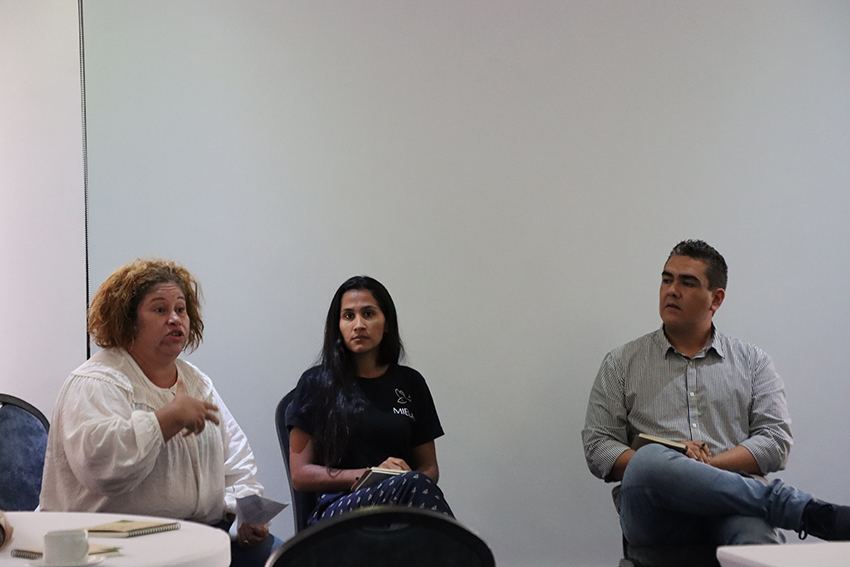
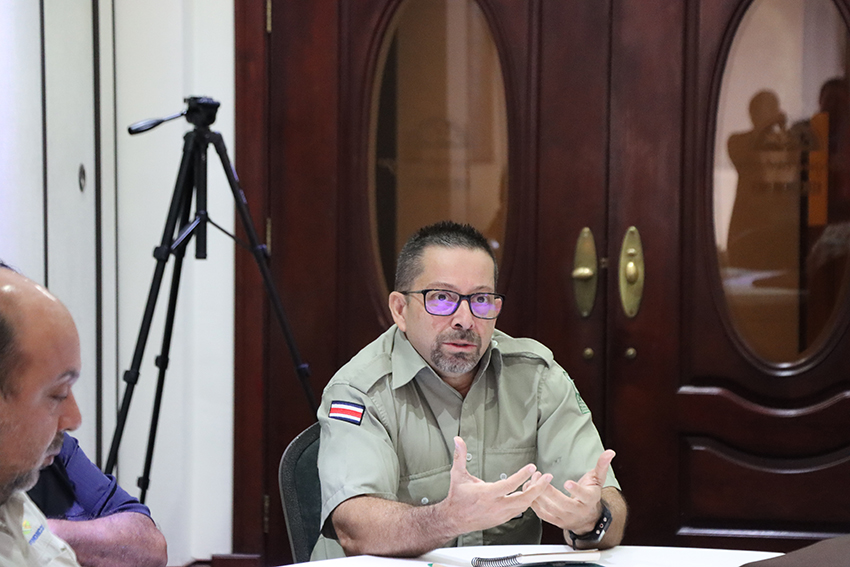
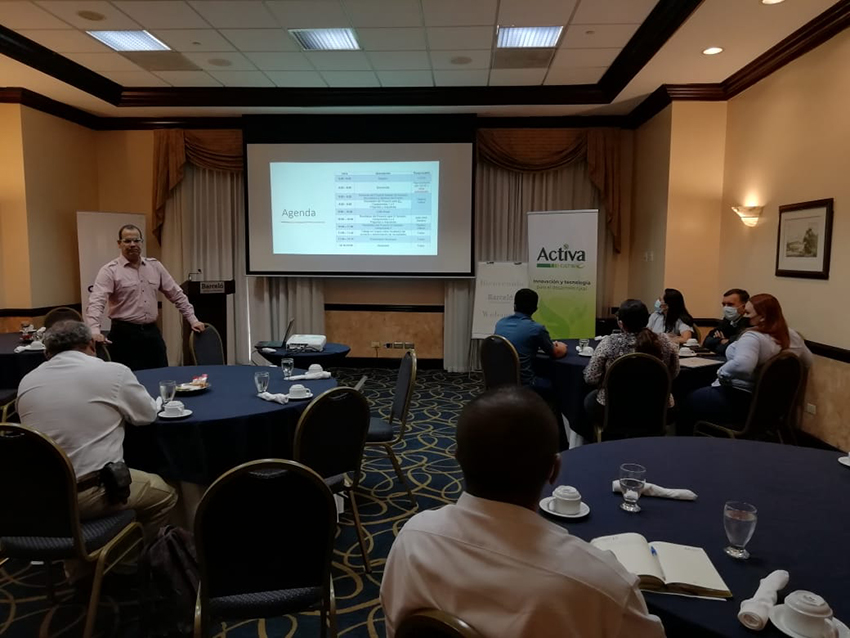
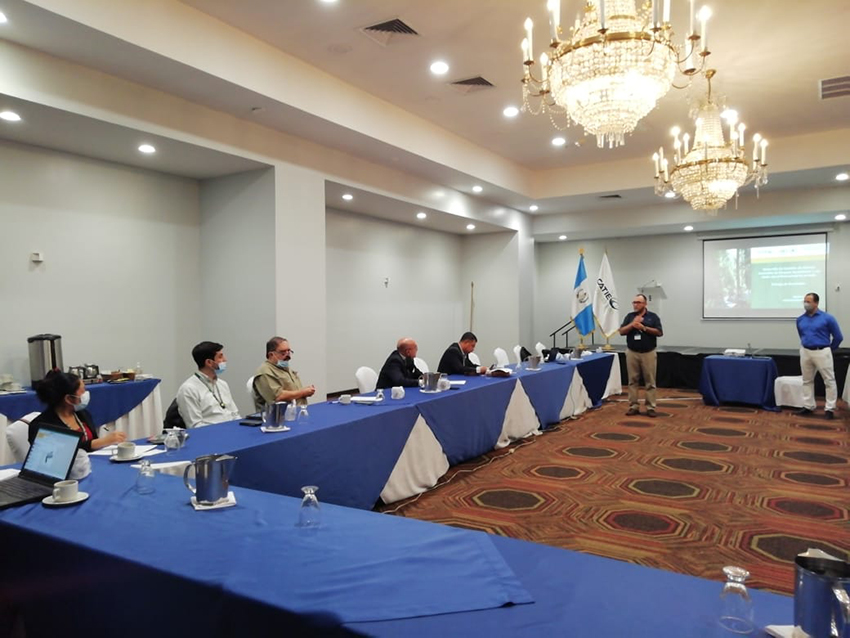
Written by:
Zeidy Hidalgo
Communications Coordinator
Information Technology and Communication
CATIE
zeidy.hidalgo@catie.ac.cr
Tag:forest, financiamiento, forestal, gobernanza

